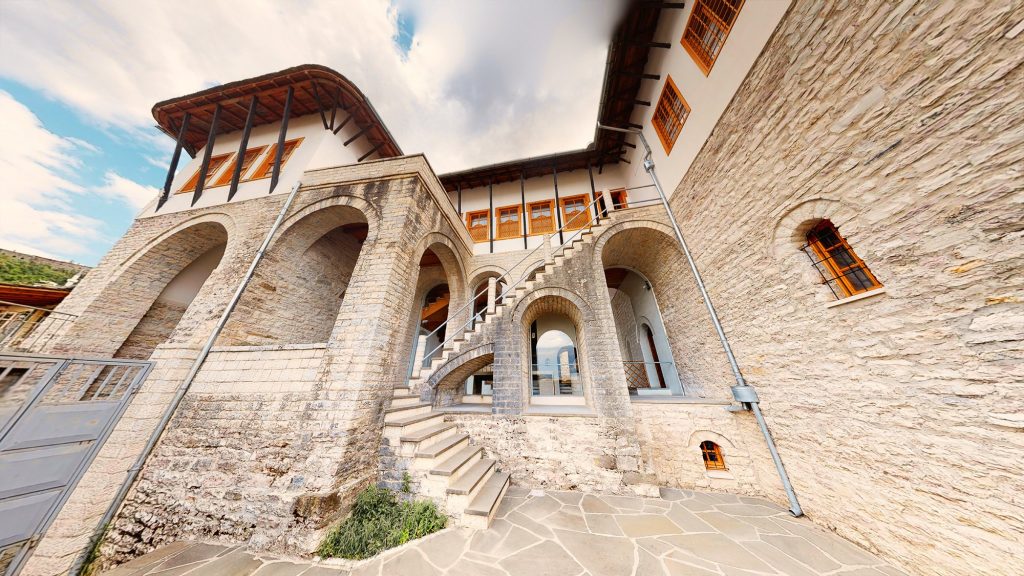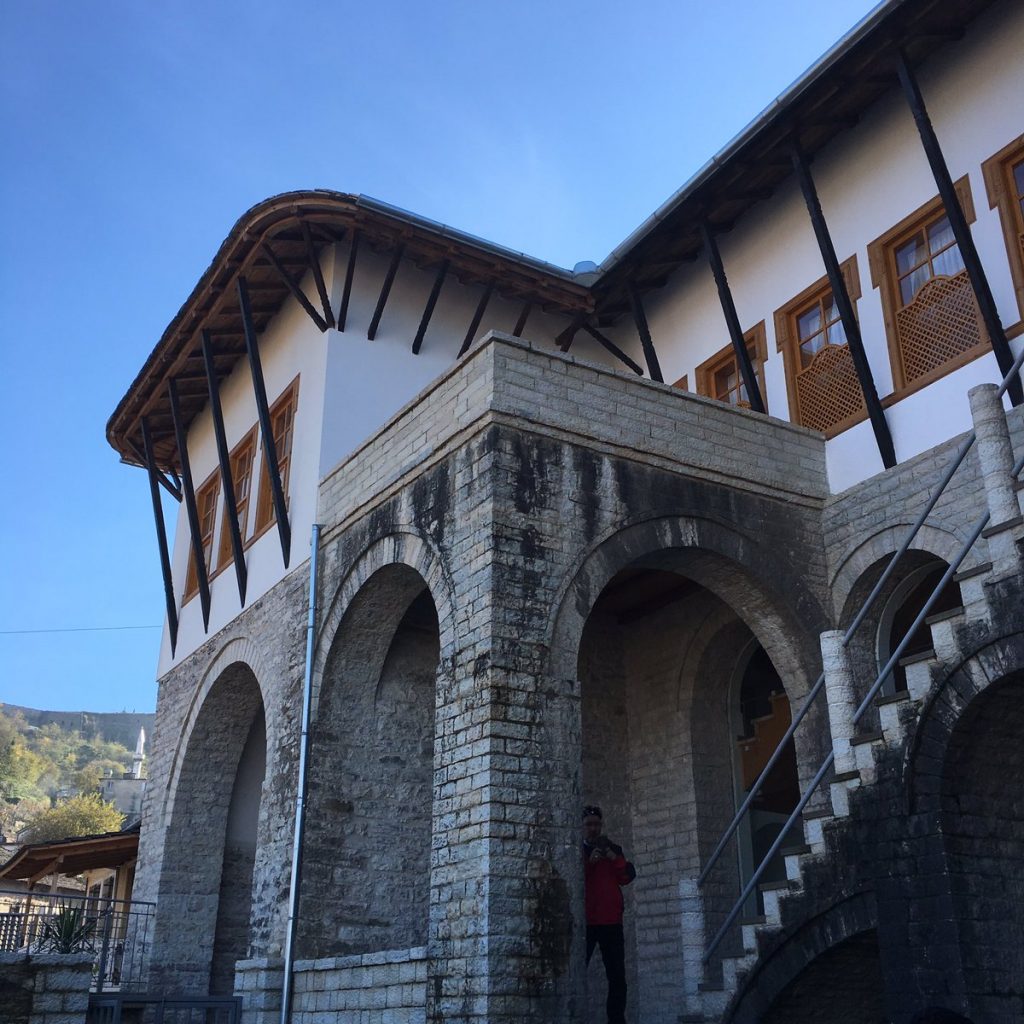The house was first built in 1799, and classified as a monument of culture of the first category in 1991. The house is related with the name of Ismail Kadare, the most famous Albanian writer worldwide.
Kadare was born in this house in 1936 and spent his childhood here. Ismail Kadare has become the pride of the town. He is a man of letters – a poet, novelist, historian and journalist, who has written extensively about Albania and its place in Europe. One of Kadare’s books, ‘Chronicle in Stone”, describes every detail of this house, the neighborhood, giving Gjirokastra city the rare chance of becoming a widely promoted destination internationally at times when Albania was isolated from the rest of the world. First category monument of culture, declared in 1991, the house is designated as a museum by the decision of City Council of Gjirokastra in 2015 after being restored/re-constructed*. On the 28 January 2016 it was opened for the public on the occasion of Ismail Kadare’s 80th anniversary. It is considered one of the rare cases which took up to 30 years of works to revitalize.
It is well located on the same road where other famous old buildings are stand still intact such as Skenduli House. This cobble alley is very famous for Albanians and it bears the name “Sokaku i te Marreve” (Fool’s alley). This house is a typical example and best represents the features of Gjirokastra Houses in the 19th century such as the stone roof, stone arches, and wooden details. The interiors too are a replication of the interiors of the house before its destruction from the fire in late ‘90s.



